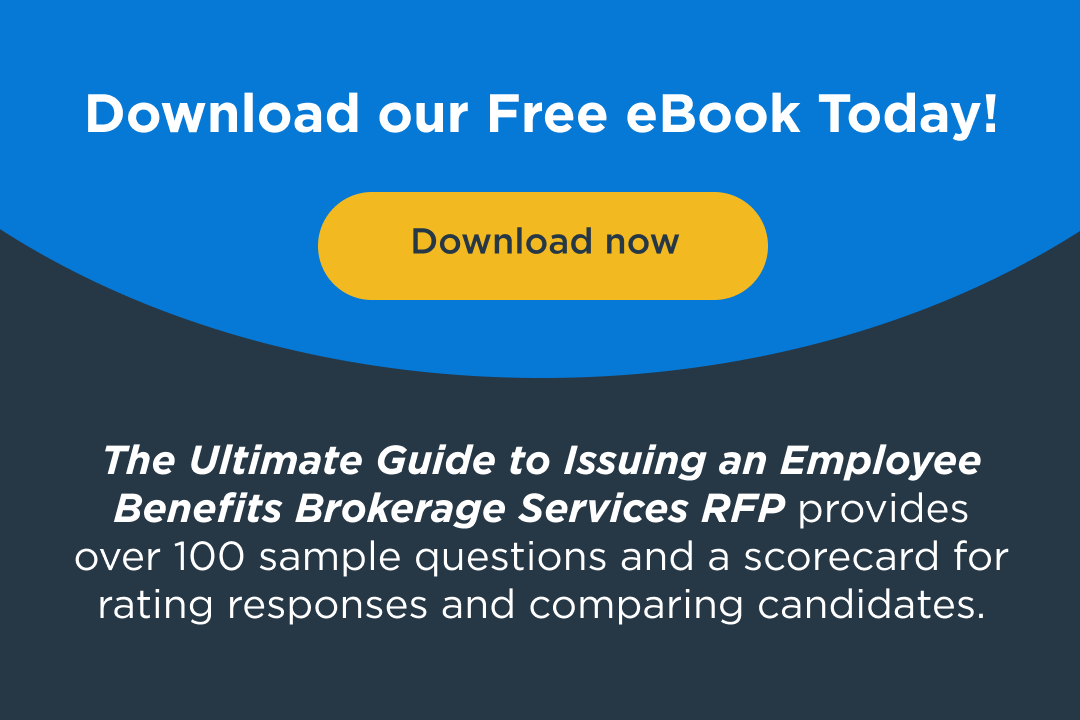The Power of Preventive Dental Care: A Strategic Advantage for Employee Benefits Leaders
June 26, 2025

Dental benefits are often viewed as optional add-ons—nice to have, but not essential. Yet for employers serious about controlling healthcare costs and improving workforce health, preventive dental care deserves a place in the spotlight.
Routine dental exams do far more than check for cavities. The mouth is a mirror of overall health, and dentists are often the first line of defense in spotting the early signs of systemic health problems that can drive costly claims if left unchecked. For HR and finance professionals tasked with managing benefits and controlling costs, this represents a powerful, underutilized strategy.
Oral Health Is a Window to Overall Health
Preventive dental visits can reveal a wide array of non-dental conditions, often before symptoms appear elsewhere in the body:
- Heart Disease: Gum inflammation is associated with a higher risk of cardiovascular disease. Dentists can identify chronic gum disease that may contribute to stroke and heart attacks.
- Diabetes: Persistent gum infections and slow healing in the mouth may signal undiagnosed diabetes.
- Kidney Disease: Oral ulcers and dry mouth are often seen in individuals with declining kidney function.
- Osteoporosis: Jawbone density loss detected in dental X-rays may be an early sign of systemic bone loss.
- Oral Cancer: Routine screenings during dental visits can catch lesions or abnormalities early, when treatment is more effective and less costly.
- Autoimmune Disorders: Conditions like Crohn’s disease, lupus, or HIV may manifest as gum swelling, dry mouth, or unusual oral sores.
The High Cost of Skipping Dental Care
Failing to prioritize dental care can lead to more than just toothaches:
- Escalation of Treatable Conditions: Untreated gum disease can lead to more serious—and expensive—issues, including cardiovascular complications, infections, and tooth loss requiring implants or surgery.
- Emergency Room Visits: Dental issues are a leading cause of avoidable ER visits, especially among employees who forgo regular care.
- Chronic Disease Complications: Poor oral health has been linked to worsened outcomes in diabetes, heart disease, and pregnancy.
- Higher Medical Claims: Studies have shown that individuals who receive preventive dental care incur lower overall medical costs than those who don’t.
How HR and Finance Leaders Can Drive Impact
If your goal is to lower medical trend and improve employee health outcomes, here are several steps you can take:
- Boost Awareness Year-Round: Use internal communications to remind employees that dental care is about more than clean teeth—it’s a gateway to early disease detection.
- Reevaluate Plan Design: Ensure your dental plan covers two annual preventive visits, includes X-rays, and incentivizes regular cleanings and exams.
- Bundle Dental With Wellness Programs: Offer incentives for completing dental checkups as part of a broader preventive care initiative.
- Highlight Success Stories: Share real (anonymized) stories of employees whose serious health issues were first spotted by their dentist.
- Use Data to Inform Strategy: Work with your broker or carrier to evaluate how dental plan engagement correlates with medical claims and high-cost claimants.
Connecting the Dots for Long-Term Savings
Employers who treat dental care as a cost center rather than a preventive health opportunity may be missing a major lever to control claims and protect employee well-being. A cavity filled early is inexpensive. An abscessed tooth leading to infection or hospitalization? Not so much.
By reframing dental benefits as an essential part of whole-person health—and actively promoting routine dental exams—HR and finance leaders can lower the risk of catastrophic medical claims, improve health outcomes, and drive real value from their benefits strategy.
In the end, a healthier smile may be the first sign of a healthier workforce—and a healthier bottom line.


